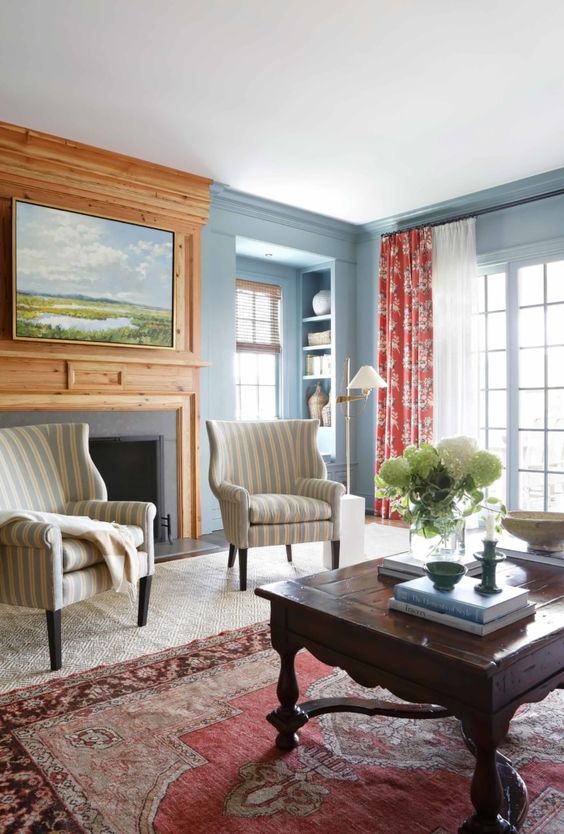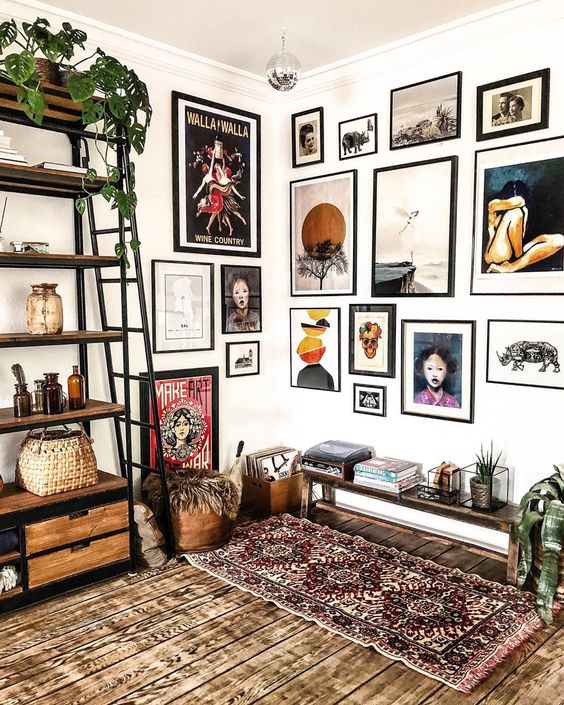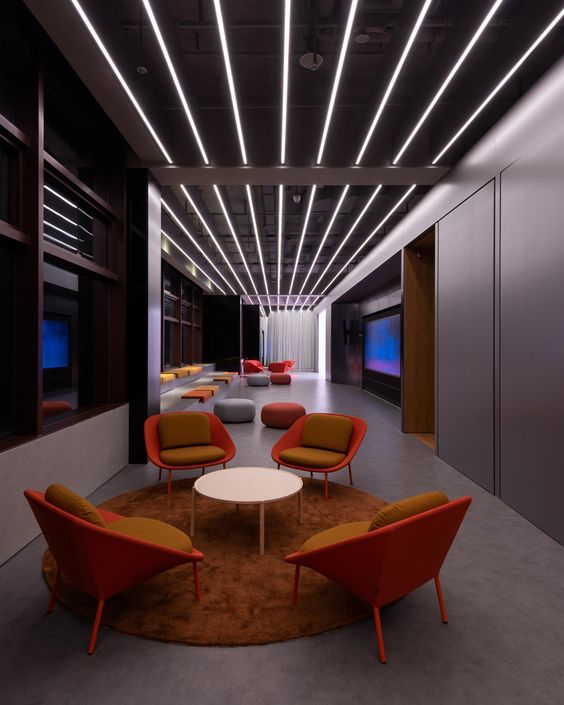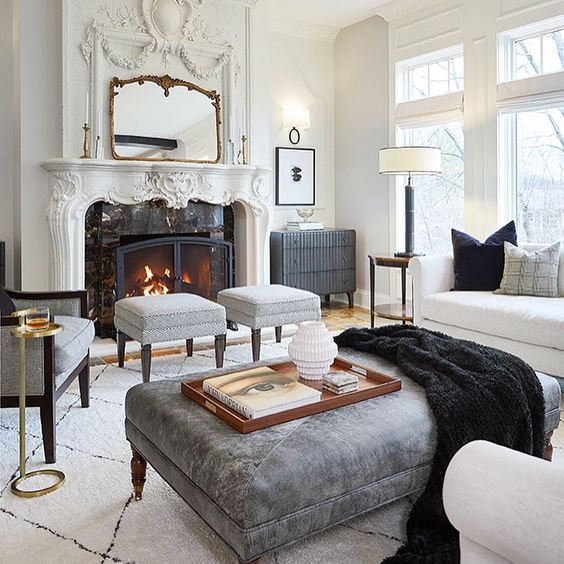Sisijoke.com – Traditional interior design is usually defined as being both warm and comforting, while still relatively traditional. A room which is designed in the traditional fashion tends to have the following features.
Traditional Interior With Wooden Furniture
Detailed wooden furniture. This is probably one of the biggest influences of traditional interiors. The pieces are usually long and lean, with a lot of wood used. Common pieces include tables, chests, and even sideboards.

Carved woodwork. All pieces of furniture which are chosen for traditional interiors are carved from wood. This gives each piece a unique appearance, as well as a unique personality. Some of the more common carvings include birds, animals, and flowers. However, there are also pieces which are purely geometric, such as circles or squares.
Most Popular Interior Wall Decoration
Carved moldings, too. Although it’s not clear what influenced the use of carved moldings, many believe it to be the result of the popularity of interior wall decoration in this period. As more people were attracted to exotic woods and the look of these exotic woods against the traditional plaster wall, the interior decorators found that carving moldings became an elegant alternative to painting. Decorating with beautiful carved moldings became a popular choice among the Victorian and Edwardian decorators. And even today, some pieces of antique furniture are carved moldings, giving them a beautiful exotic look, which is still very much in demand among consumers.

Elegant style. All interior design styles, whether traditional or modern, include a combination of elements from all of the other styles that have been mentioned so far. For the traditional interior designer, one of the most important elements to be considered is the use of basic elements from all of the styles. These elements are then combined in order to bring out the best of the qualities from each of the styles and bring out the best of the design features of each element.
Innovative Colonial Interior Design
Colonial Interior Design. Colonial Interior Design was born from the need of the day for new and innovative ways to decorate the interiors of the houses. The colonial interior design style was born from the French Revolution and the need of the hour for new and innovative ways of decorating the interiors of the houses. This style is characterized by its simplicity, beauty and, of course, the colonial charm. It was responsible for influencing interior design ideas that are still used to this day.

Colorful. The use of colors in a colonial interior design gives you a vivid idea of the life that lived in those times. The colors chosen for this style were mostly those that were neutral, that is not overly vivid, but rather had a soft and subtle touch of color, making them perfect for the time in which they were made. The use of bright colors such as red, blue, green and yellow were mostly limited to accessories.
Transitional Interior Design. Another trait of the transitional interior design style is that it has a very balanced combination of various styles and elements from various interior designs. A lot of transitional interior design features furniture items that look modern in one era but in another era look elegant and classic. Examples of such transitional elements are fabrics, wallpaper, lighting fixtures, window dressings, wall paint and ceramic or porcelain tiles.
European Interior Design Style
Global Classrooms. This interior design style is an amalgamation of European styles and modern trends. It is not a very radical departure from what has already happened in Europe but instead a development of certain European elements and styles while bringing others from other parts of the world into the mix. Global classrooms include Chiang Mai, China; Tokyo, Japan; Lisbon, Portugal; Mexico City, Mexico and Barcelona, Spain.
Mediterranean Classrooms. The combination of materials and elements from the different areas of the world was a common trait in Mediterranean interior design. Some common elements include terracotta, ceramics and wood that have a Mediterranean feel. A more radical change that took place during the 20th century was the fusion of European and Asian elements with such objects as Chinese chopsticks, Japanese chopsticks and even Islamic bookcases. This was actually the first attempt to create a ‘world fusion’ and is still seen happening now.

Minimalist Interior Design. This interior style highlights the use of as few decorative items as possible. Its minimalistic approach makes it perfect for both contemporary and traditional applications.

